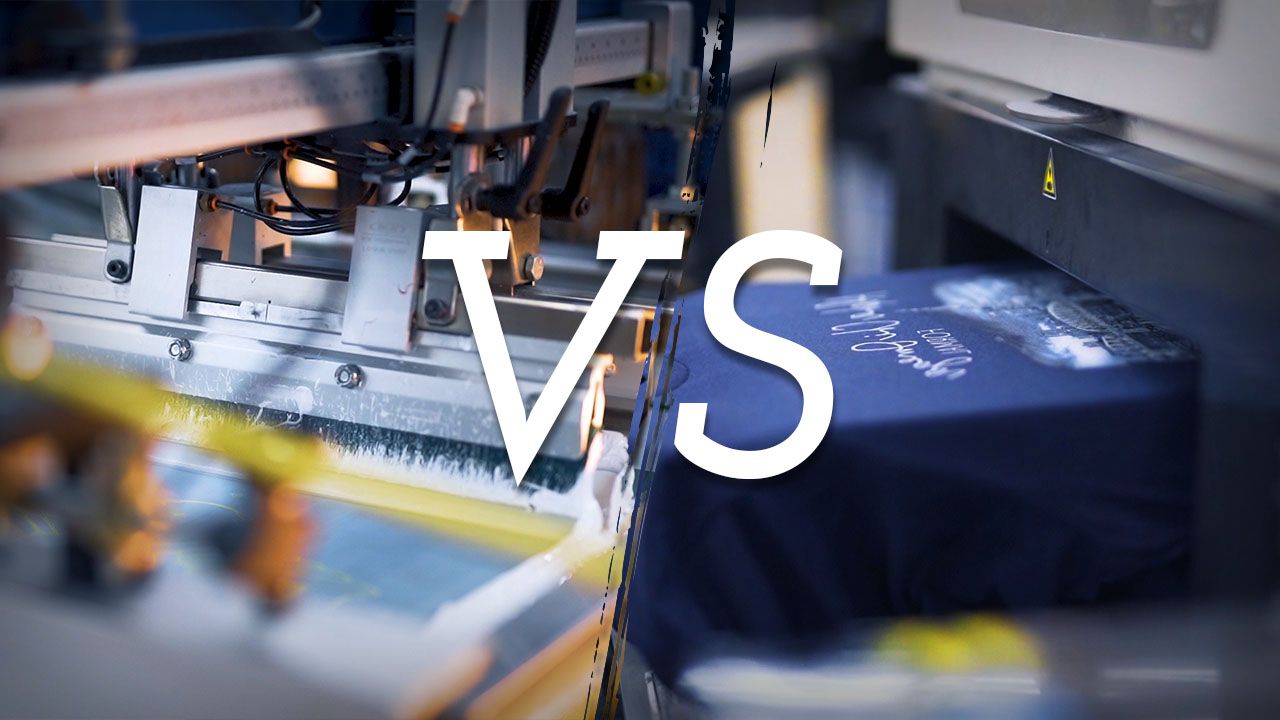This is by far the most asked question we get from our customers. And there’s a lot of confusion out there about the differences between screen printing and digital printing. So our goal is to clear up the confusion for you so that you can be confident you’re picking the right print method for your order.
Just a quick background
These are the two most common forms of t-shirt and apparel printing and if you’re making a design and ordering it on the UberPrints website, these are the two print methods that you’re going to have to choose from.
What are these two processes?
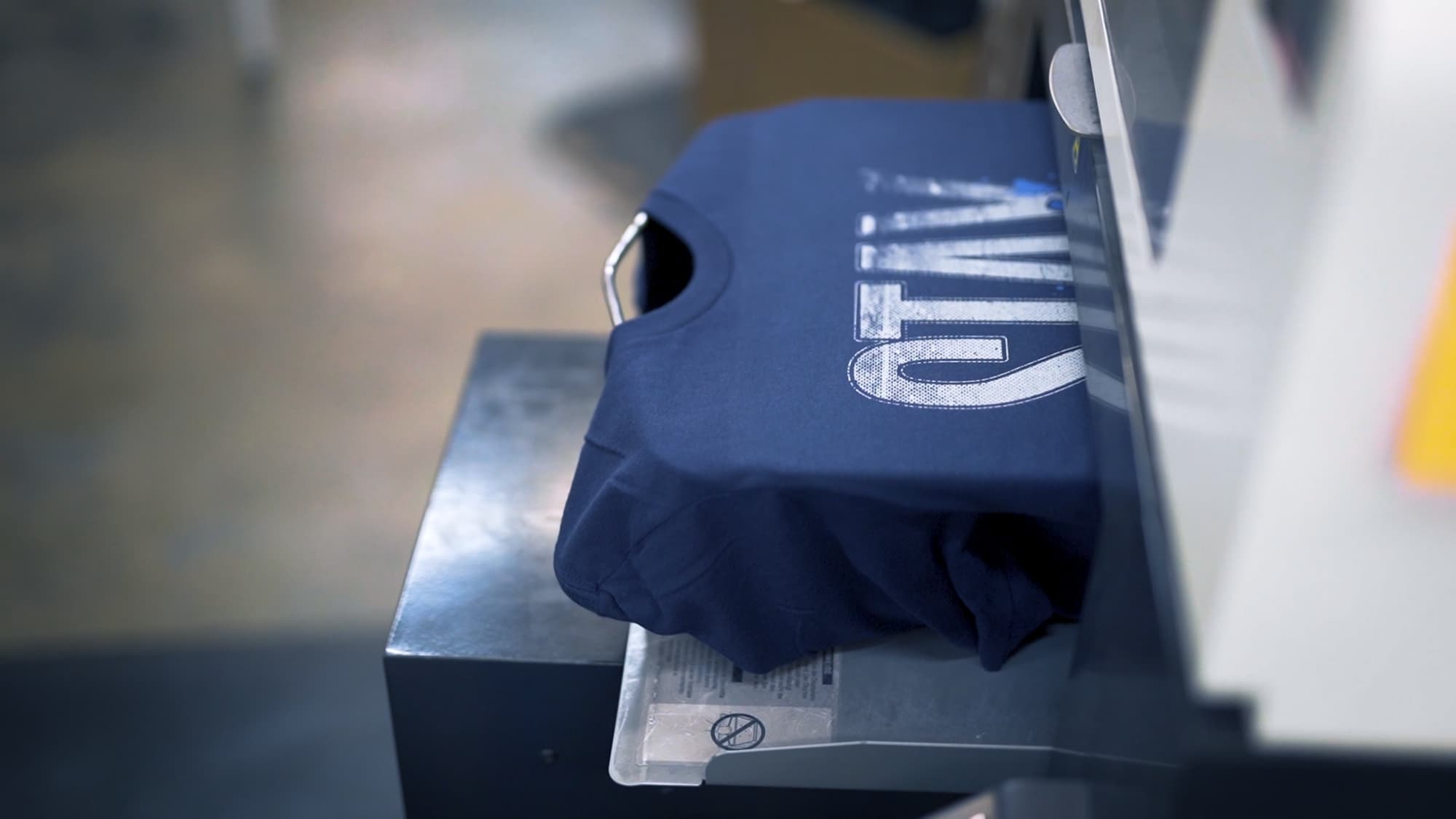
Well, digital printing, also called direct-to-garment printing, essentially works just like your at-home desktop printer. You have a file on your computer, you hit “print”, it gets sent over to the printer, and there it prints off in small, incremental passes as the piece of paper — or in our case the t-shirt — slowly exists the printer.
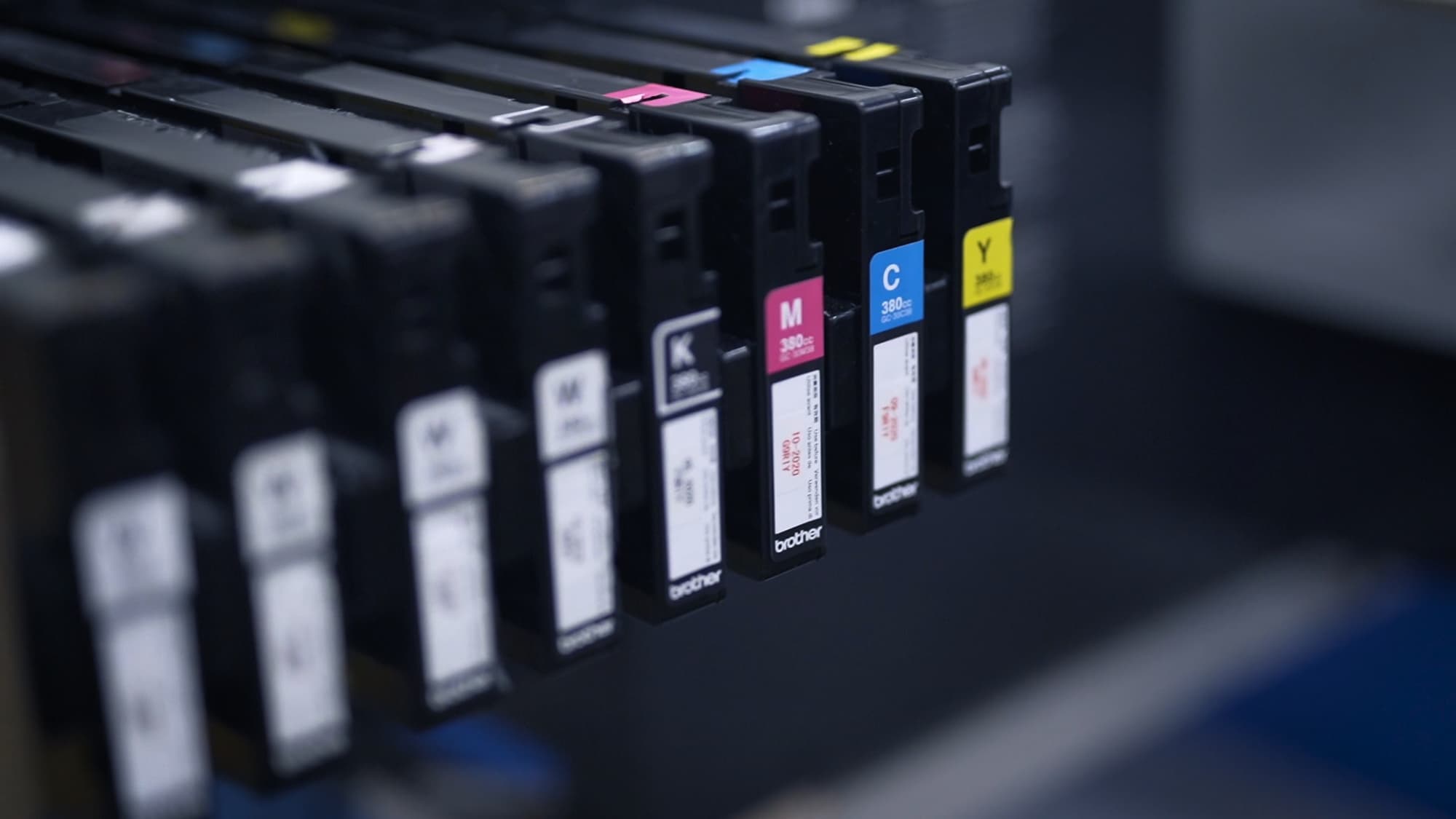
What these two things also have in common is that they both use CMYK ink to print your image. You know those small cartridges that you have to buy more of when you run out of ink that somehow cost more than the printer itself? Well, digital printing uses cartridges just like those — except a lot bigger — to print your whole design.
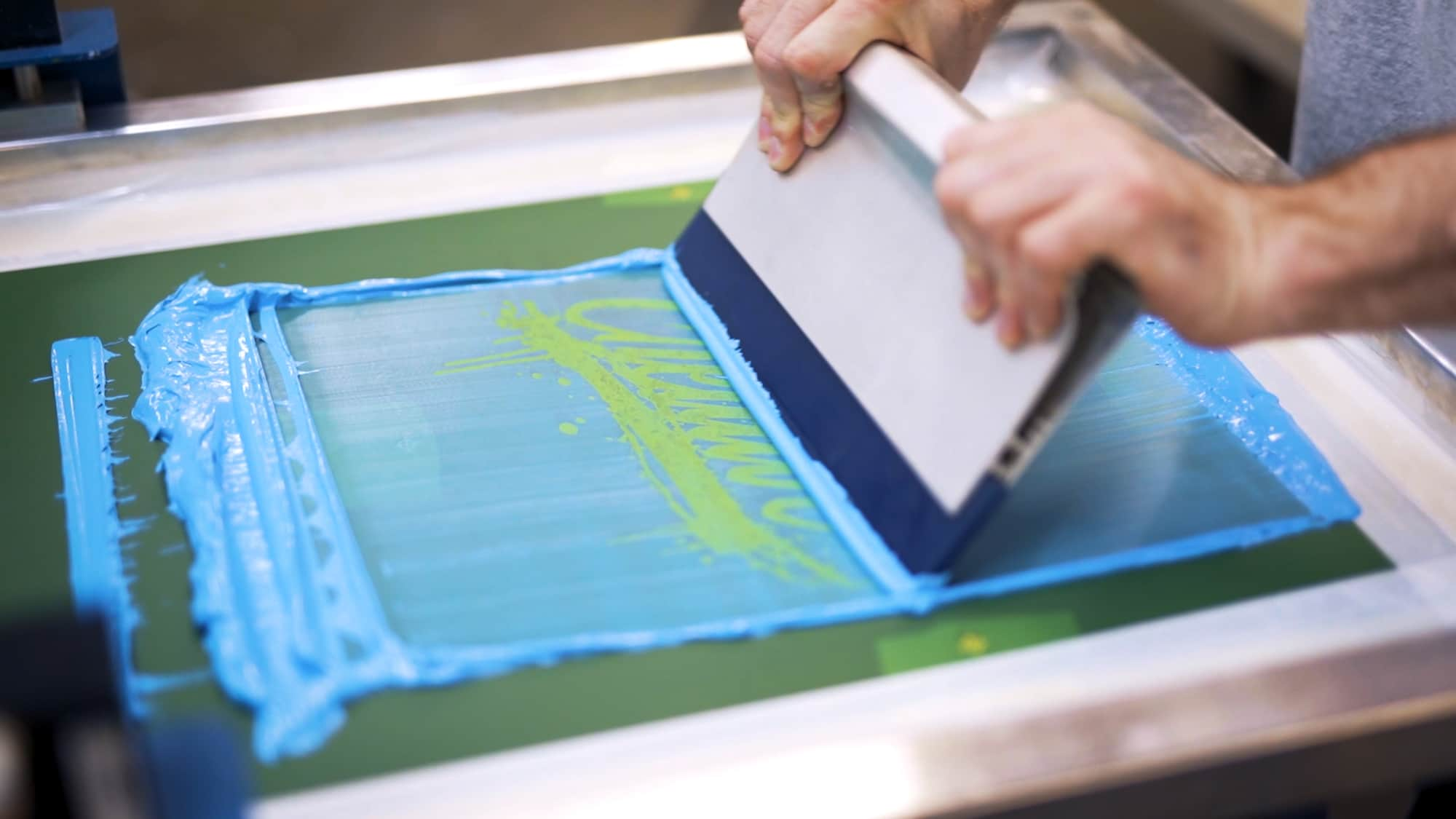
The other print method, screen printing, is the more traditional form of t-shirt printing. With screen printing, we separate the colors in your image and make individual stencils for each one of those colors. We then mix separate inks for each one and push the inks through the stencils one after another to print the whole design down on to your t-shirt.
So, what you want to know now is, “which one of these print methods is better”...
The thing is, there’s no direct answer to this question, because which print method you choose should really depend on some details about your order and what’s important to you. So, what you really need to know, is what are the key considerations when you’re picking between screen printing and digital printing, and based on those, then we can tell you which one is going to be best for your order.
The top 3 considerations when picking a print method
So we’re going to start by talking about the top three considerations when you're picking a print method, and at the end, we’ll walk through some possible scenarios so that you can better understand when digital printing is best and when screen printing is best.
Quantity
Quantity just means the number of pieces of apparel that are printed with the same design. Those could be different types of apparel, as long as nothing about the design changes.
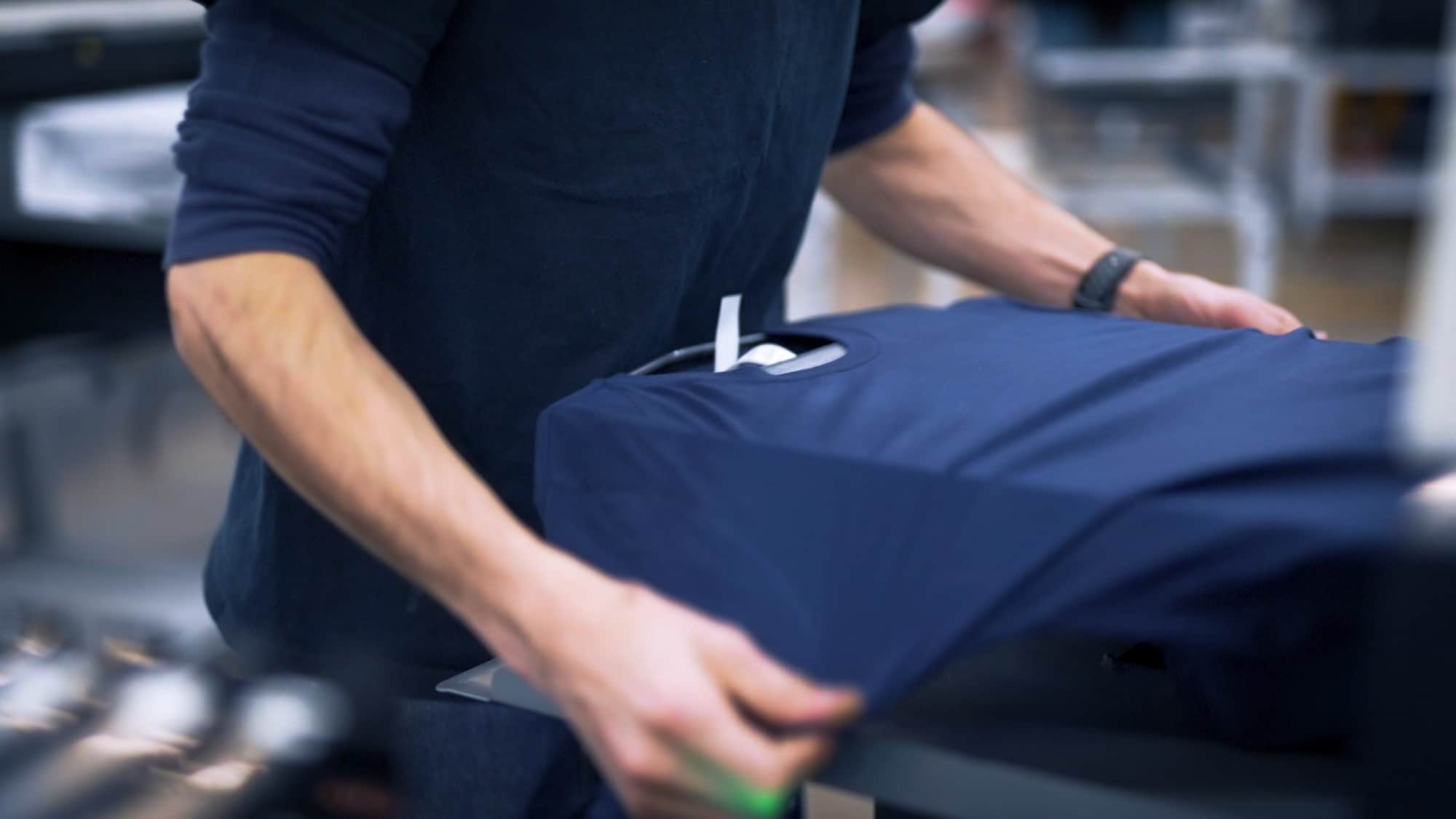
Screen printing has a minimum quantity of 12 because of its extensive preparation and set up time. So, if you’re looking to order fewer than 12 pieces, digital printing is your solution. That’s really the strength of digital printing. Set up is so quick that you can order even just one t-shirt if you want to.
If you’re ordering 12 or more, you can actually go with either of the print methods, but if it’s anything above about 25 or 30 pieces, you’ll almost surely want to go with screen printing. That’s because screen printing has much larger bulk discounts for higher quantity orders. Because even though it has more extensive preparation and set up, the printing part is just so much more efficient.
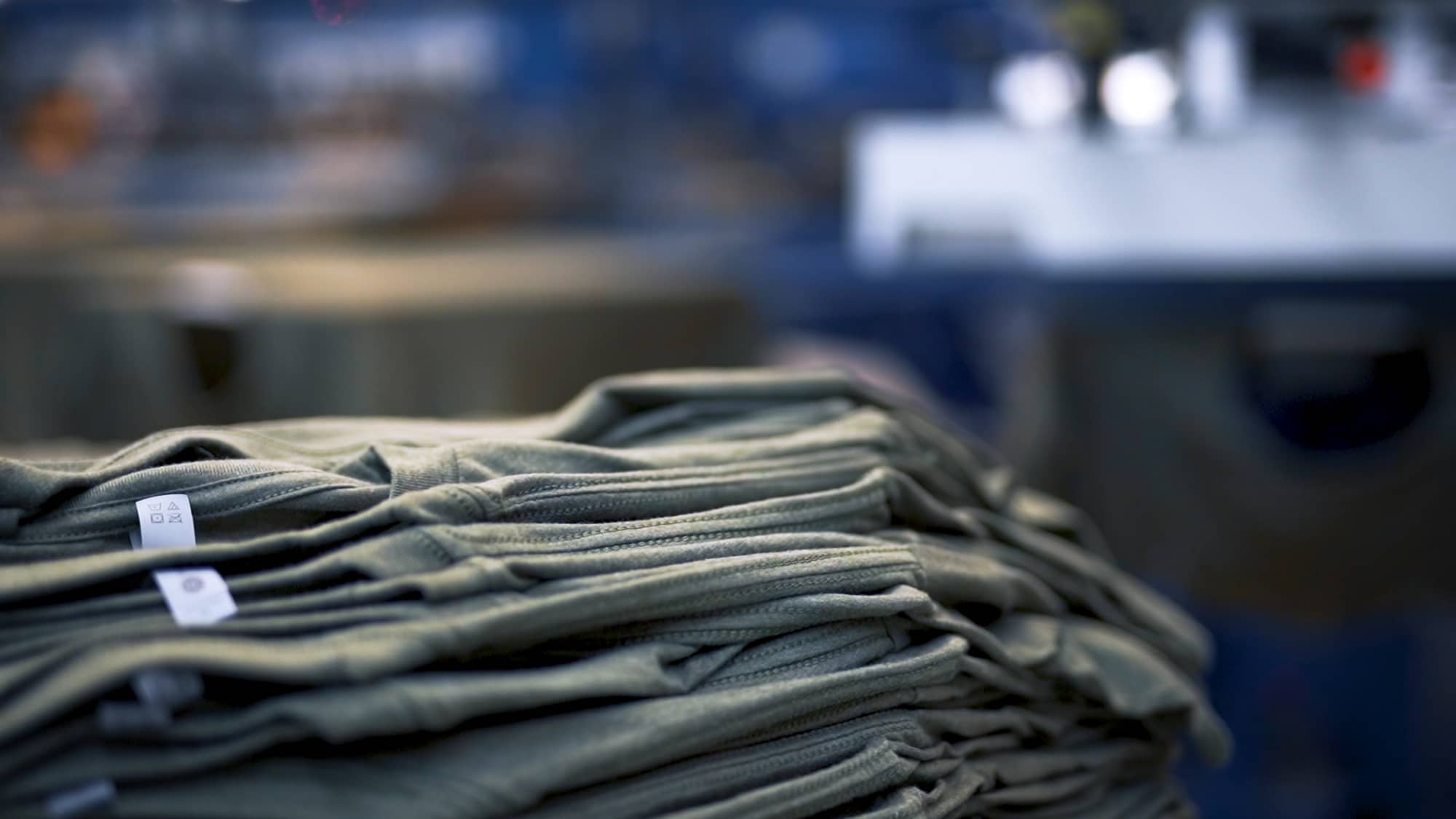
If you’re in that 12 to 24 range, you’ll definitely want to pay attention to the other two considerations, but you can always compare price with a quick quote on the website, and at the end, we’ll go over how price is calculated for the two print methods.
Apparel
Screen printing is going to have a much wider variety of options when it comes to the type of apparel and the different apparel colors that you can print on. That’s because screen printing works on any fabric type. Including 100% polyester, performance fabrics, and a lot of other synthetic blends.
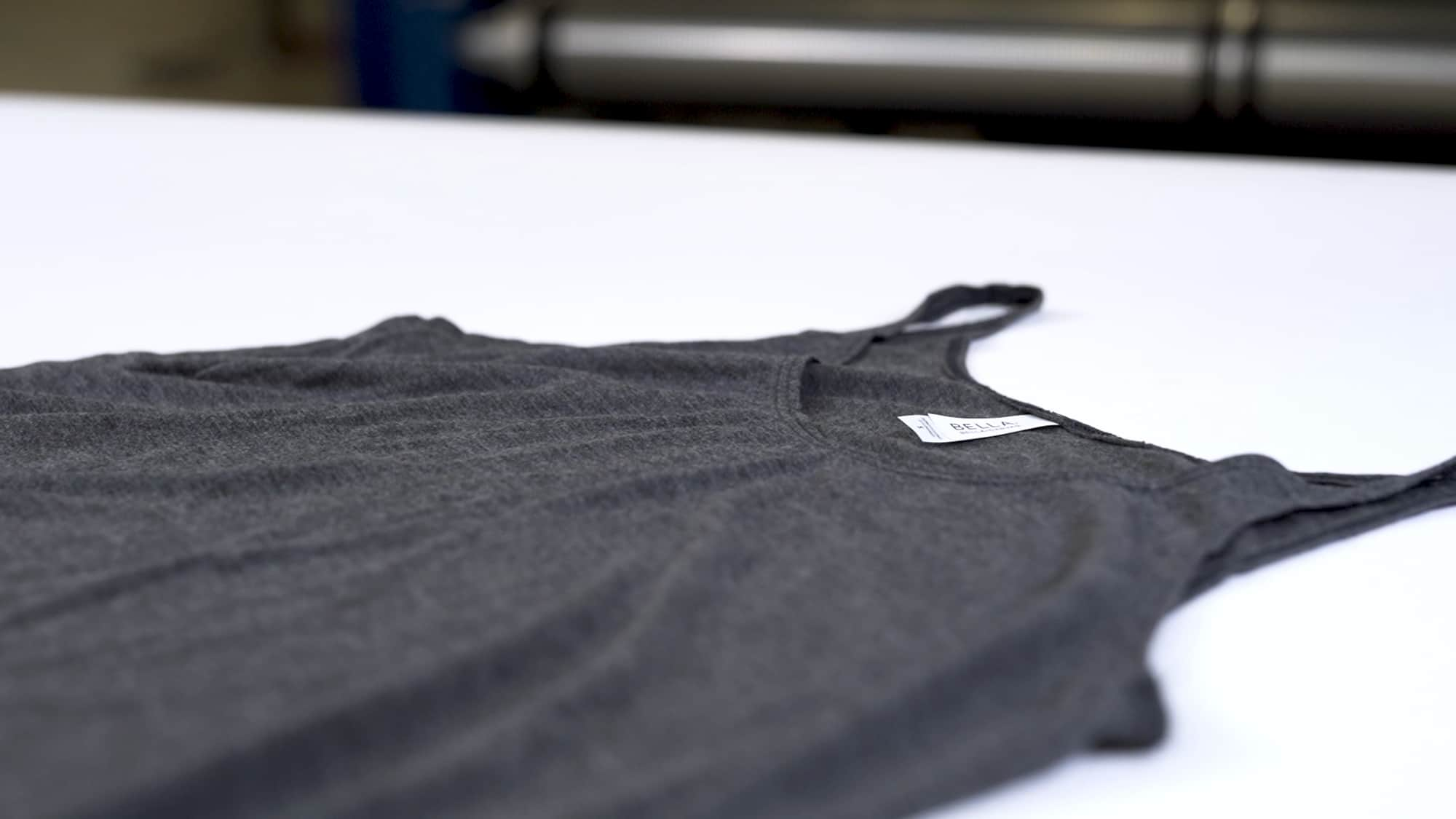
Digital printing on the other hand is best for 100% cotton and other cotton blends. So, we only offer it on products and colors that we’ve tested and we can guarantee print quality. You can always sort our catalog by products with no minimum and still see tons of styles and colors that are available for digital printing. We’ve made sure that we offer plenty of comparable styles for both print methods and available colors are always separated between the two so it’s clear which ones have a 12 piece minimum and which don’t.
Design
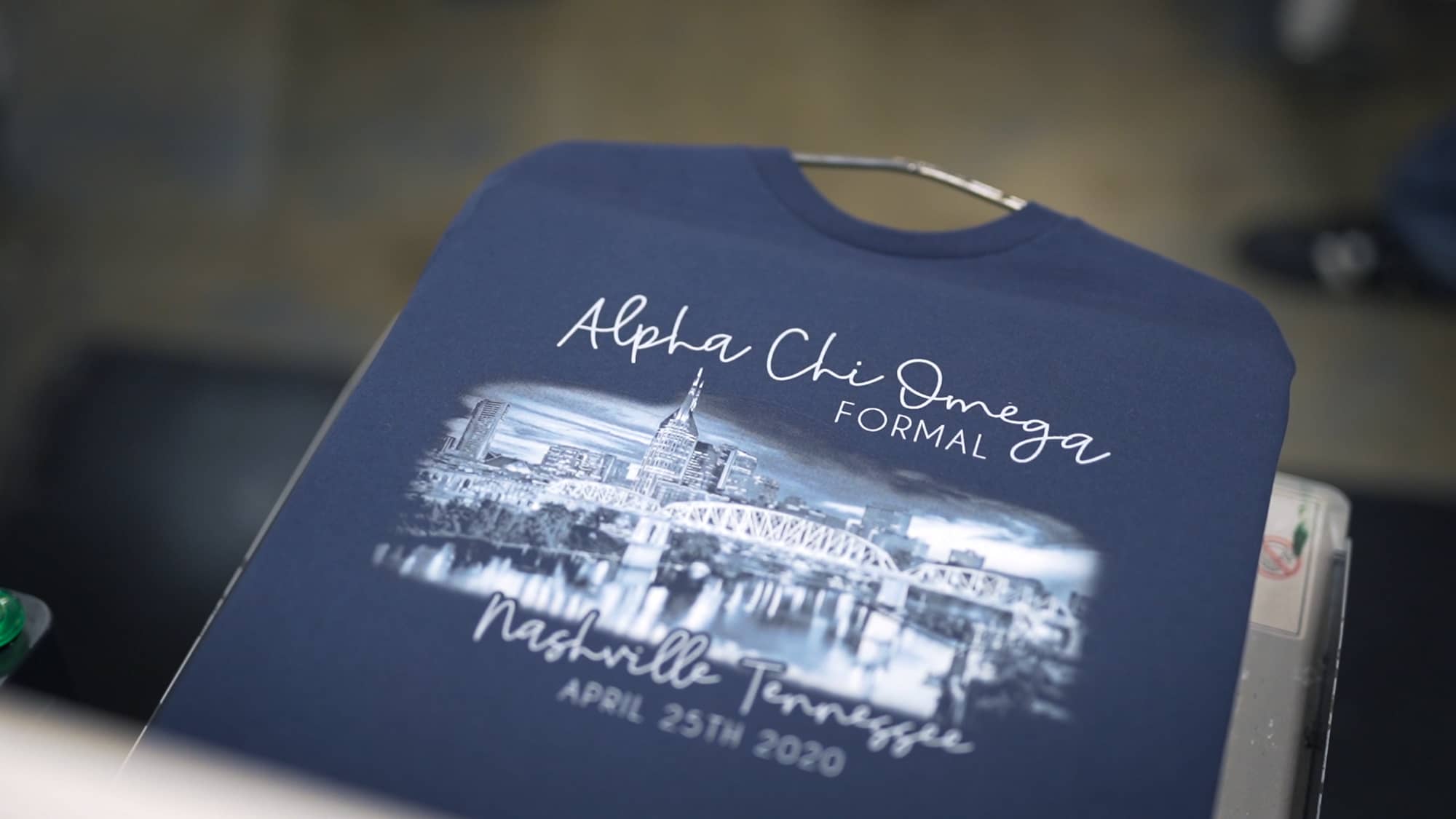
Photographs and design with lots of colors are generally better candidates for digital printing. Especially if it’s fewer than about 24 pieces. That’s because digital printing is much better at easily reproducing photographic images. But also because it uses those CMYK inks to make all the colors, it doesn’t matter how many are in your design.
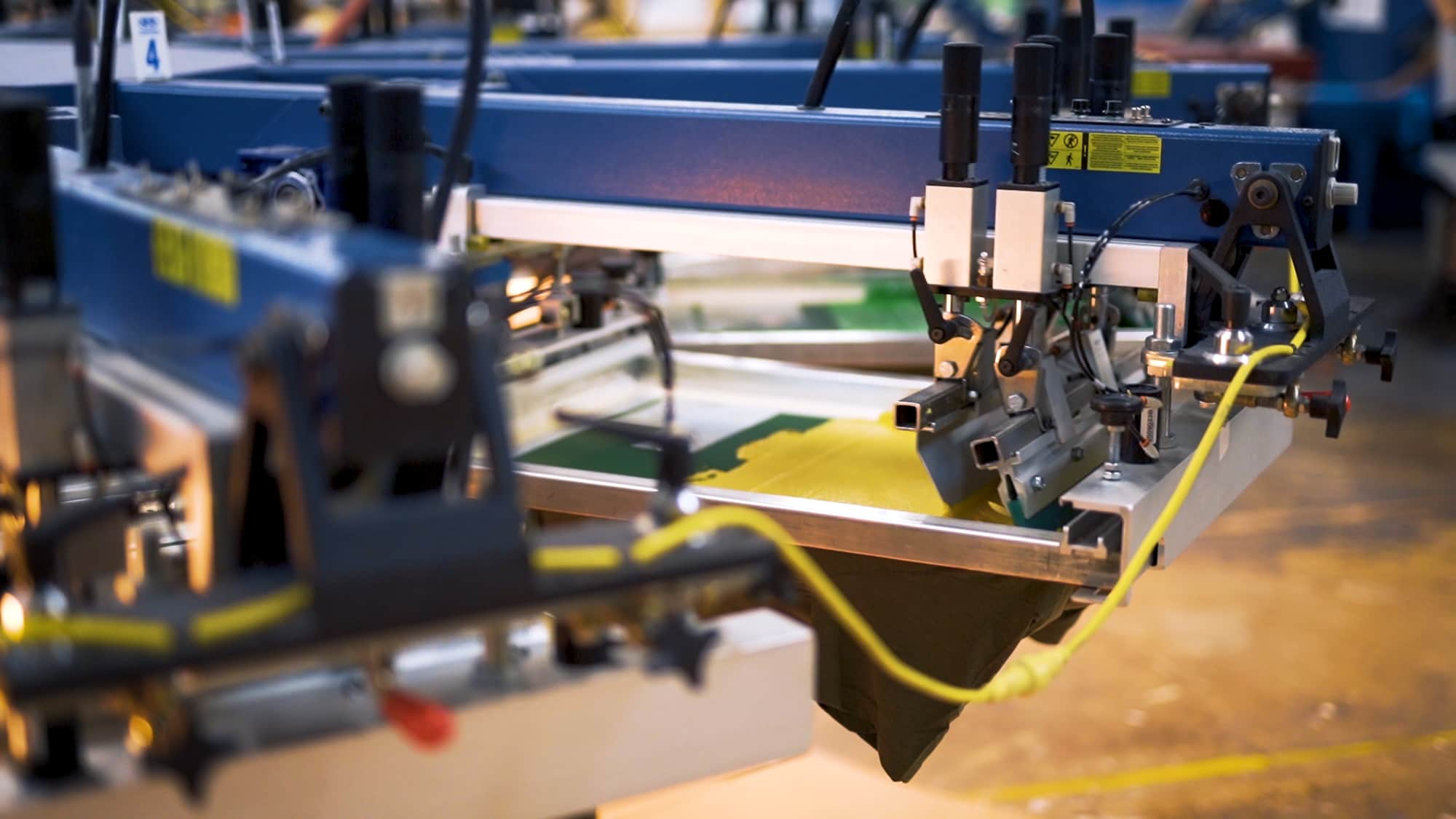
However, screen printing can be a better option — and a much more cost-effective option — if you have fewer colors in your design, or if you’re ordering larger quantities. Because screen printing requires that we separate the colors in your design and print them individually. The cost of screen printed orders depends on the number of colors in your design. Six or seven colors may not be a big deal for 50 or more t-shirts, but if you’re only ordering 12, you’ll want to keep your color count low so that it can stay a cost effective option.
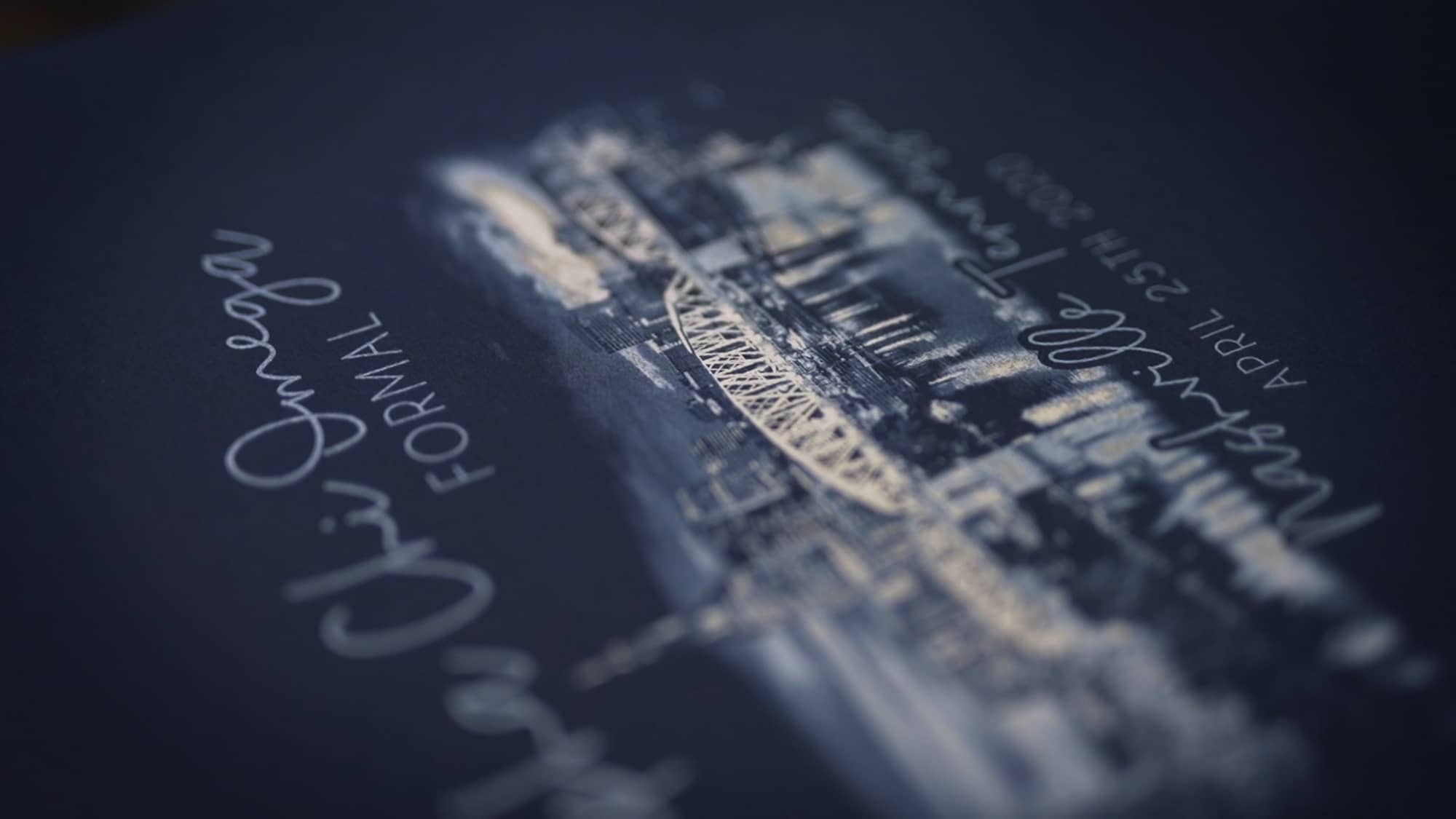
And even though screen printing is usually associated with solid, bold graphics, it’s still possible to print elaborate and realistic designs with screen printing. It just may require some adapting to make the design work best.
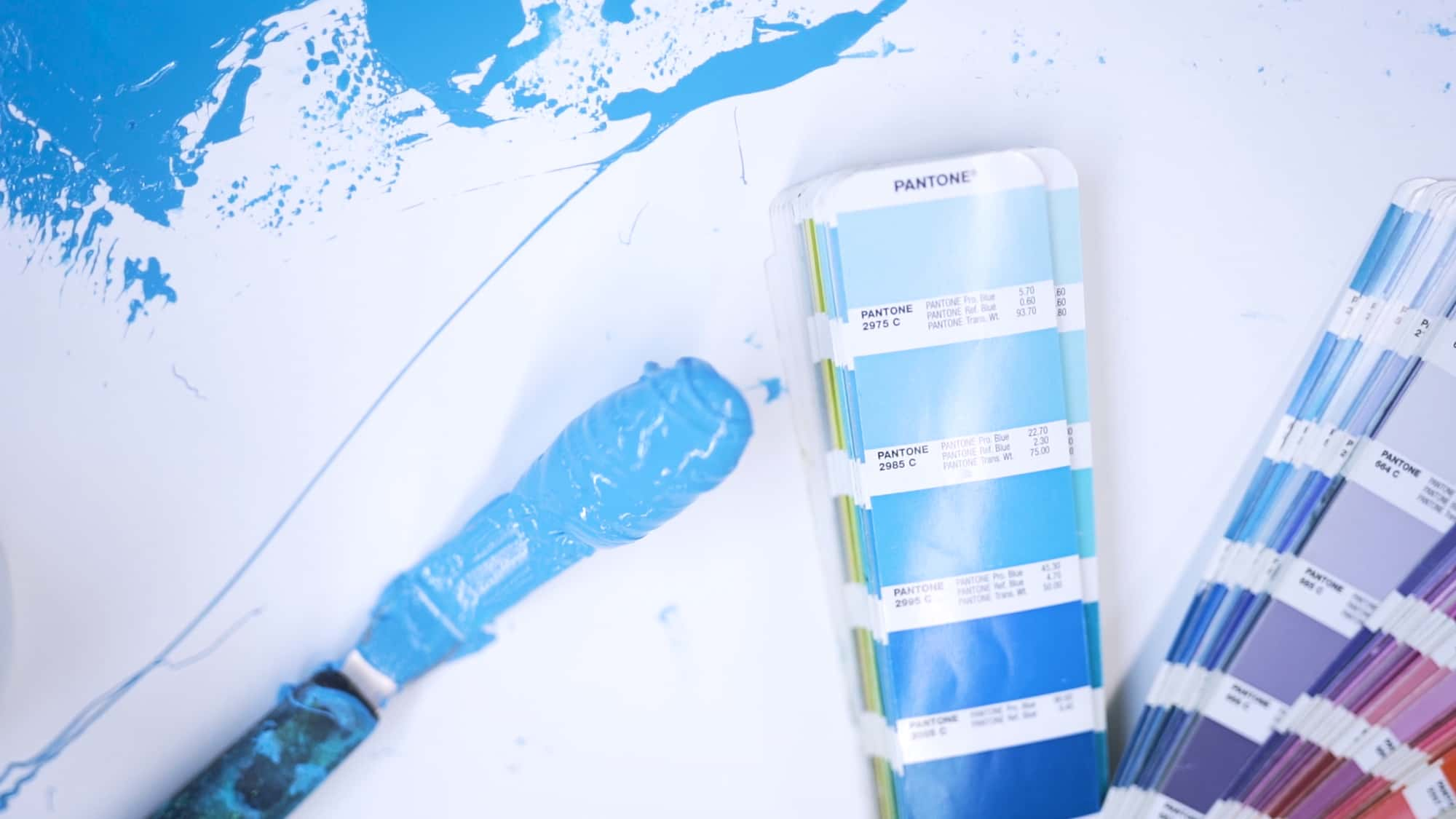
One final thing to consider is how important color matching is to your design. Because we mix and print each color individually with screen printing, we can match the color to a specific brand, logo, or any other time where a specific color may be important. So, if you need your print to match a Pantone color for instance, screen printing is the best option.
A quick recap
The top three considerations when picking between screen printing and digital printing are:
- Quantity - Fewer than 12 and you’ll definitely want to go with digital printing. Anything higher than about 30, and you’ll definitely go with screen printing. Anything in between and you probably just want to compare price when you get your quote.
- Apparel - Not all products and colors are going to be compatible with digital printing. But everything is for screen printing. Just take note of what products and colors are available for the two print methods when you’re looking through the catalog.
- Design - If you want to print lots of colors or even a photograph on just a few shirts, you’ll probably go with digital printing. If it’s just a few colors, or you’re ordering a much higher quantity, then screen printing is probably the better option.
How is price calculated?
Screen printing has a couple extra cost factors, but we’ll go ahead and talk about the things that both print methods have in common.
Cost factors for both print methods are:
- The type of apparel - These can range from value to premium options and depend on the style and brand.
- The number of print locations - One location is just a print on the front, and two locations would be a print on the front and back.
- White vs dark fabric colors - Darker colored fabric costs a bit more to print on just because an extra layer of whit ink is necessary to print the design. Fabric that’s already white doesn’t need this extra layer.
The two additional cost factors for screen printing are:
- The number of colors in your design - because we have to prepare and print each color individually, fewer colors means lower cost, and more colors means higher cost.
- Order quantity - As you increase your order quantity, we automatically apply bigger and bigger bulk discounts which can dramatically reduce your cost per piece.
You can check out our quote calculator to get an idea of how these cost factors and the two different print methods will affect your order. But, you can also try different options on a design you’ve already created when you go to get your final quote.
What this all really means
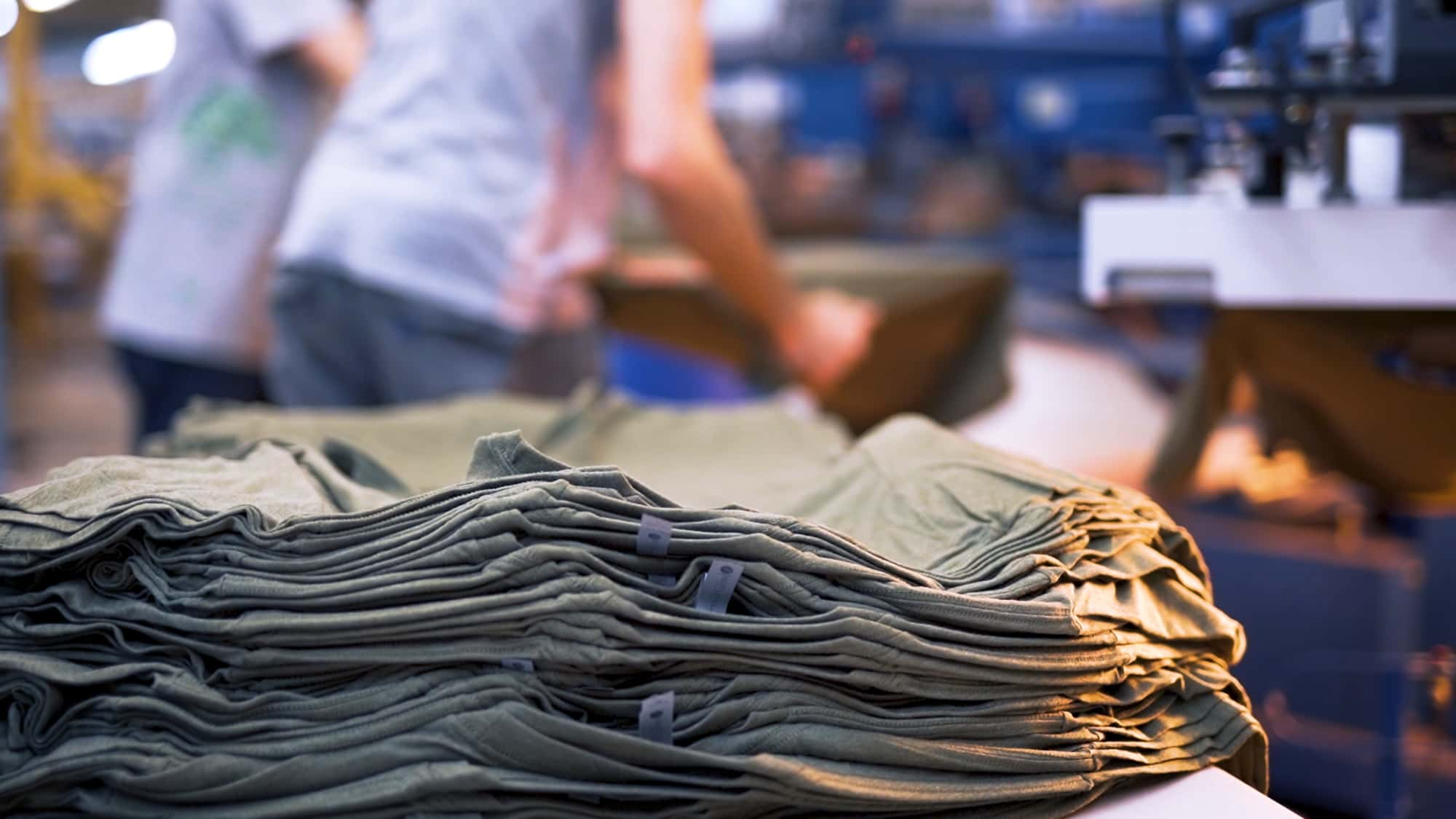
The truth is, for most of us, the difference between screen printing and digital printing is usually just about which one is more cost effective. Digital printing is there so that you can get really small custom printed orders, and screen printing is there to save you money on larger ones.
And at what quantity one becomes more cost effective than the other will just depend on how many colors are in your design. It’s also really helpful to know if you’re going to order fewer than 12, just so that you can focus on apparel options with no minimum order requirement, if that’s what you need.
Let's look at a few examples
To help you better understand the key differences between screen printing and digital printing, I've put together a few examples for us to take a look at. We'll talk about which print method would be best and why, using some real-world scenarios, so that you can apply it to your own order. So let's take a look at a couple designs and I'll walk you through the details.
Example #1
First, we'll take a look at this Stay Creative design that you've probably seen featured before. It's actually an image that I've uploaded into the Design Studio. I selected 2 colors once It uploaded and decided to pick matching colors from our pallet.
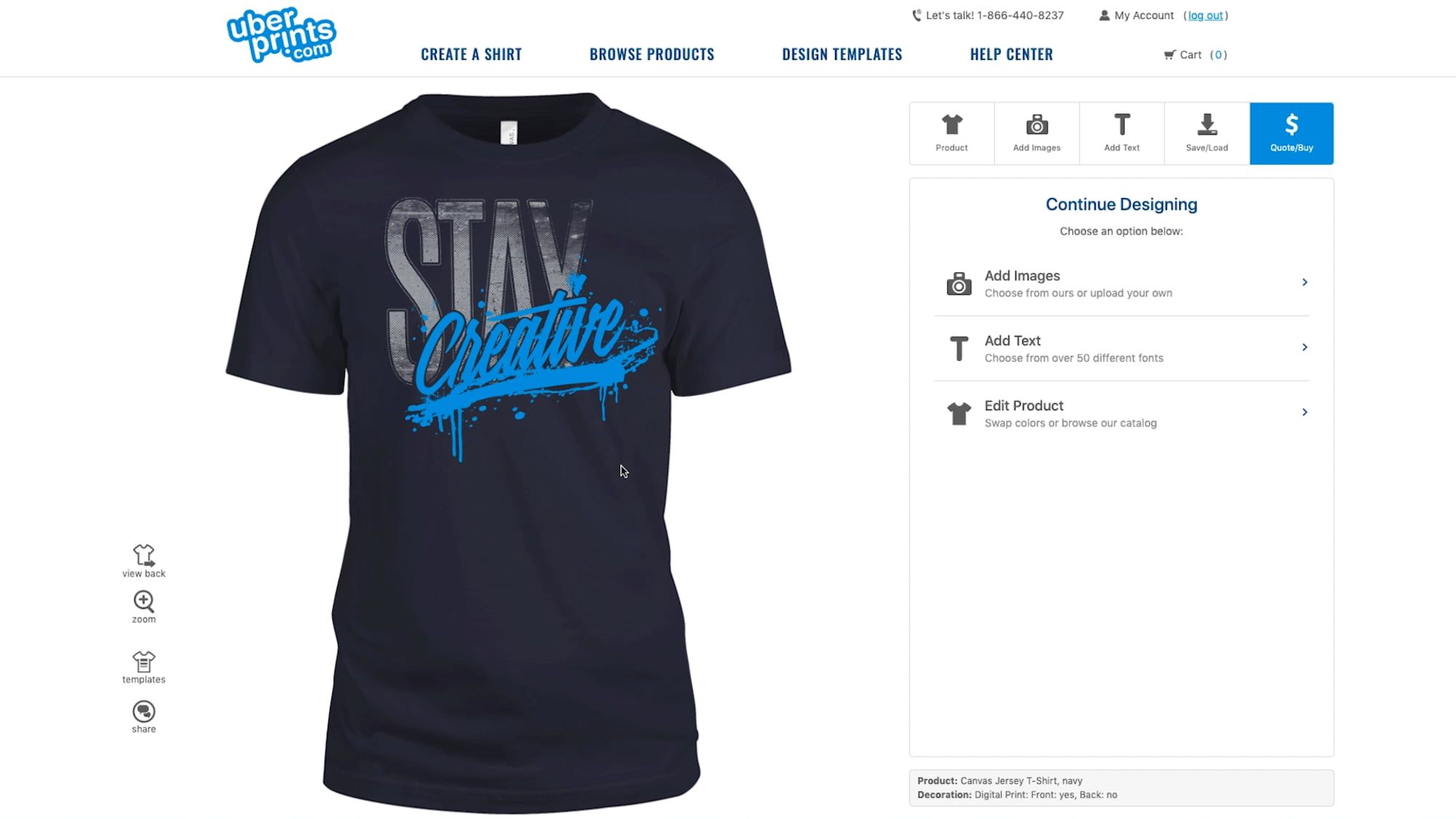
Now that I've arranged it on the t-shirt, I'm ready to order so I'll head up to Quote/Buy. And let's say that I only wanted to order 3 of these for a couple people on our team. In that case, I'd want to select digital printing because that will allow me to print fewer than 12 pieces. Another plus being that the processing time is only 1-2 days.
If you don't see digital printing as an option available, it's because it's not compatible with the product or color that you have selected. So just head back and swap it out with an option that's labeled with no minimum.
But let's say that I wanted to order this design for more people and I did need 12 of them printed. It's cheaper to order 12 of them with screen printing because there's only 2 colors in this design. And you can see how large the bulk discounts are if I wanted to order even more with screen printing.
The processing time for standard screen printed orders is about 5 business days, shipping is free, and you get to pick from any of the styles and colors in the apparel catalog.
Design pro-tip
You can change the apparel color to white and get a bit of a price break. This is true for both digital printing and screen printing. But, you can also take a look at some value-priced apparel options.
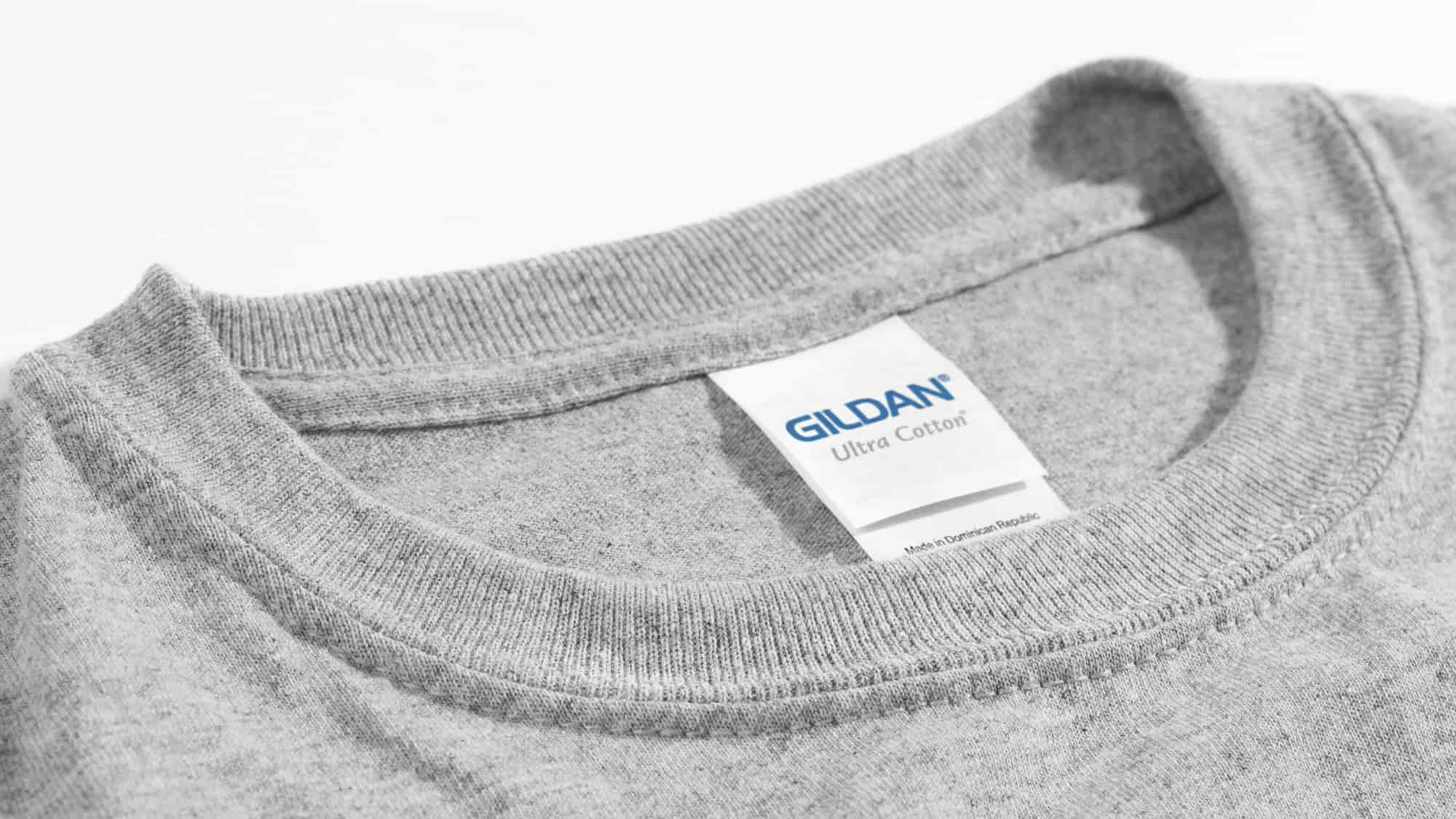
The Ultra Cotton Tee is the default t-shirt in the Design Studio and it's just about the cheapest option available. As an alternative though, I really like to recommend the Softstyle T-Shirt because it's noticeably softer and more fitted, while still being a very cost-effective option.
Example #2
For my next example, we'll take a look at this t-shirt design that I've made for a fictional landscaping business. I actually made this design using one of our design templates and that means that every bit of it was made right here in the Design Studio so it's fully customizable. If you're interested in getting started with a template, just check out all the categories in our design templates section.
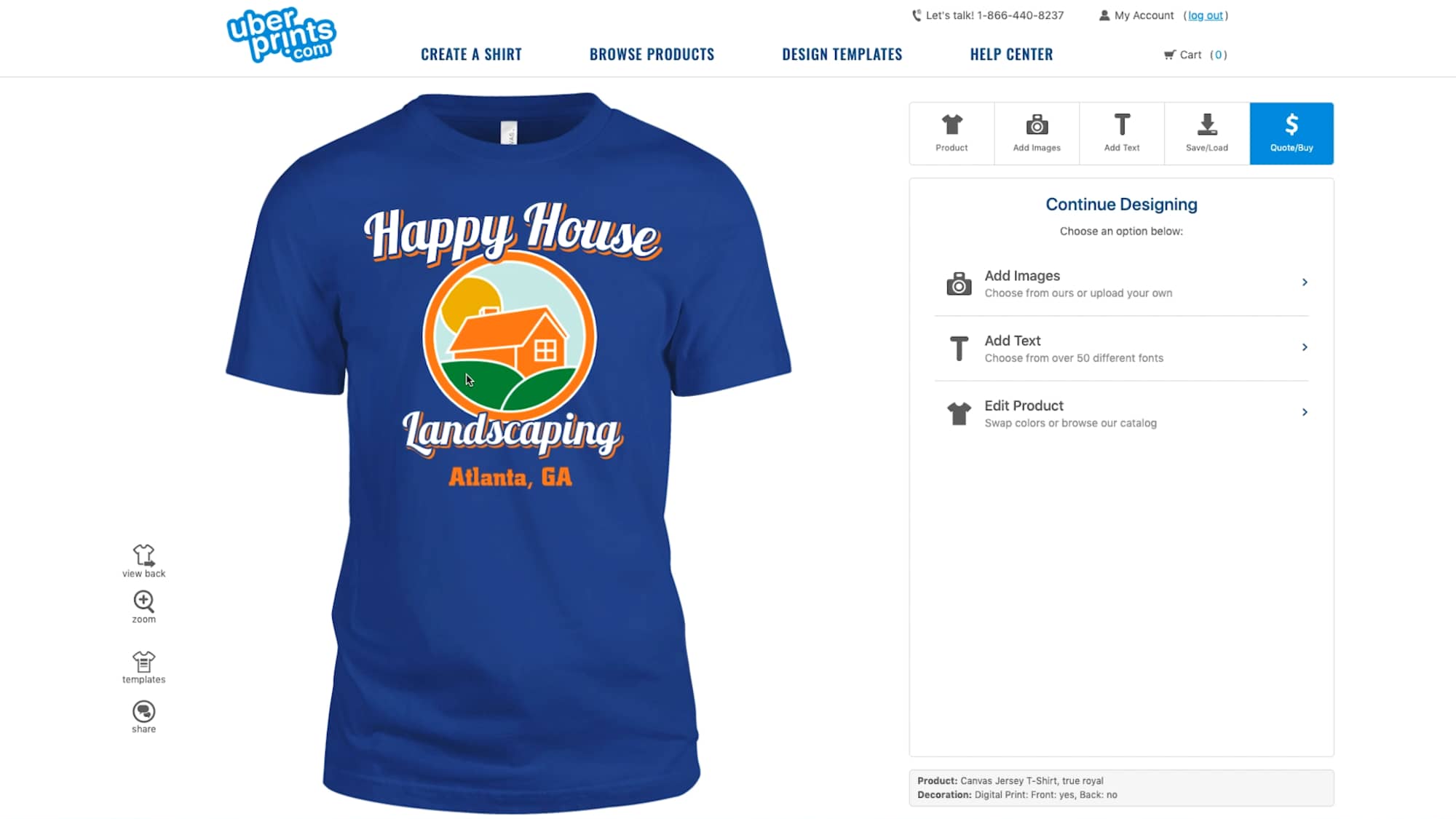
Let's say that I wanted to order 12 of these for all of my employees. If I select screen printing and get a quote, you'll see that it's actually a bit cheaper to digitally print this design. That's just because this design I've made has 5 colors instead of 2 like the last one we looked at. And the cost of screen printed orders is based on the number of colors in your design.
If I didn't want to order any more, I could get it a bit cheaper with digital printing. But let's now say that I wanted to order 24 so that everyone can have 2. Now you can see that screen printing is cheaper because those bulk discounts have been applied. And it gets even cheaper if I order more.
For either 12 or 24 pieces, if I had a specific Pantone color that I wanted the ink colors matched to, I would need to select screen printing. And I can leave that as a note in the Add special printing instructions or Add notes sections. Or, if I just really want a style or apparel color that's only available for screen printing, I can still do that as well.
Design pro-tip
With a design like this one, you can usually reduce your color count by at least 1 just by using some smart designing, and that can end up saving you some money. It's an easy trick to use the color of the apparel in the design itself. For example, let's get rid of this sky blue color, and just replace it with a matching shirt color. First, I'll switch to an apparel color that's closer to the light blue. Then select the center clip art piece and change the light blue color to the shirt color swatch.
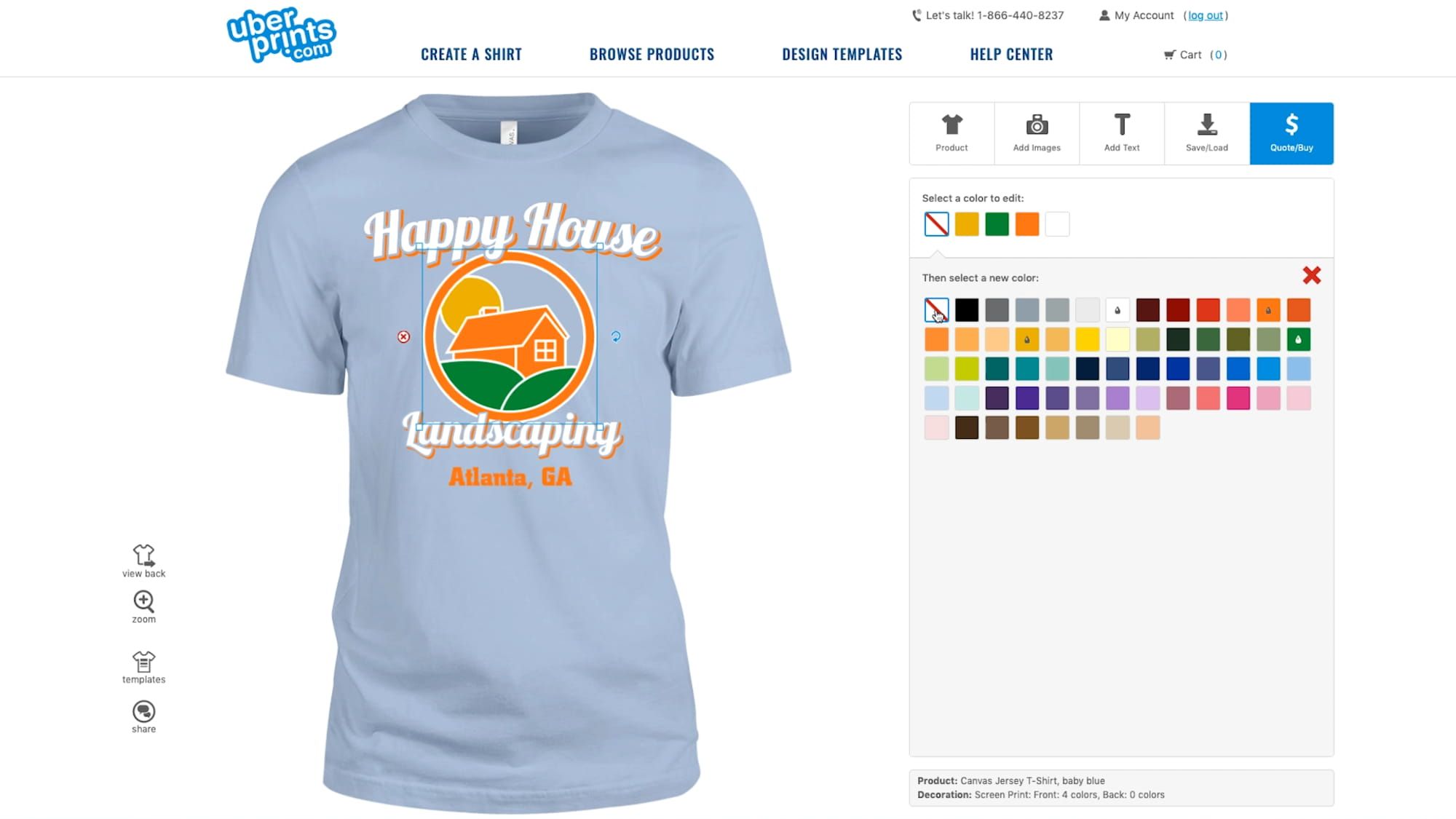
Now the design is only 4 colors which will save some money, but also, using this tactic can make your design look even better with the t-shirt it's on.
Example #3
The last example we'll take a look at is this event t-shirt design that I've made by uploading a photograph and pairing it with some text from the Design Studio. It's pretty common for customers to put together photographic designs like this one, and with digital printing, we can absolutely print full-color photographs.
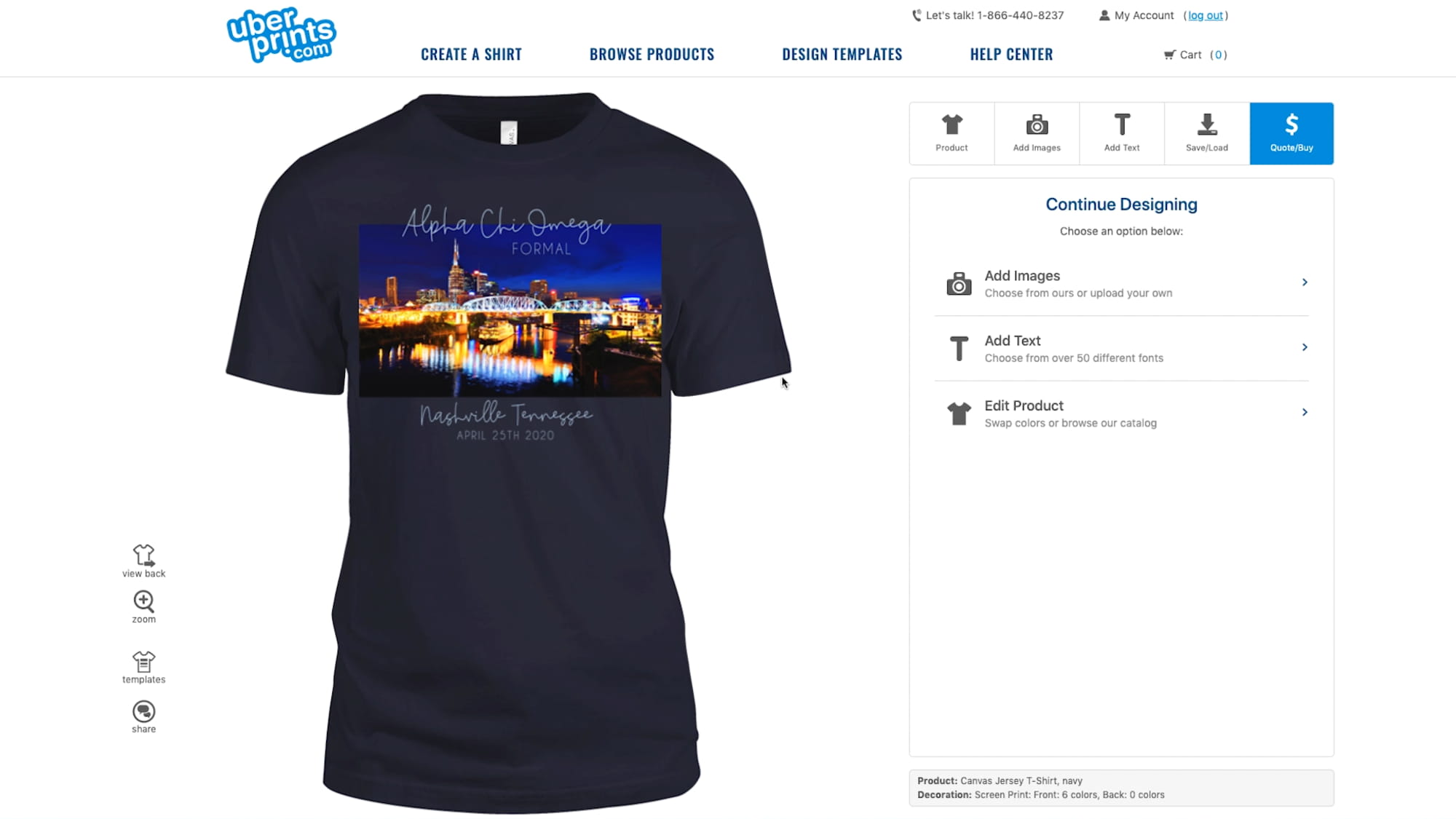
But, I think we can really improve on this design, and at the same time, make it better suited for screen printing. That way, if you're ordering for an entire event, you can be sure to get the best price possible.
The first thing we can do to make this design look better is to feather the edges so that the photograph blends in to the t-shirt and we get rid of this stark rectangle. The next thing would be to simplify the photograph to a monochromatic color-scheme that matches the shirt and is just a few colors.
To do this, just label your photograph with 3 colors when you upload it and include these notes with your design while asking for a proof of the changes. Go ahead and place your order and during our review and design preparation process, our art department will make the changes noted in your design and you'll receive an email with an image for you to look over.
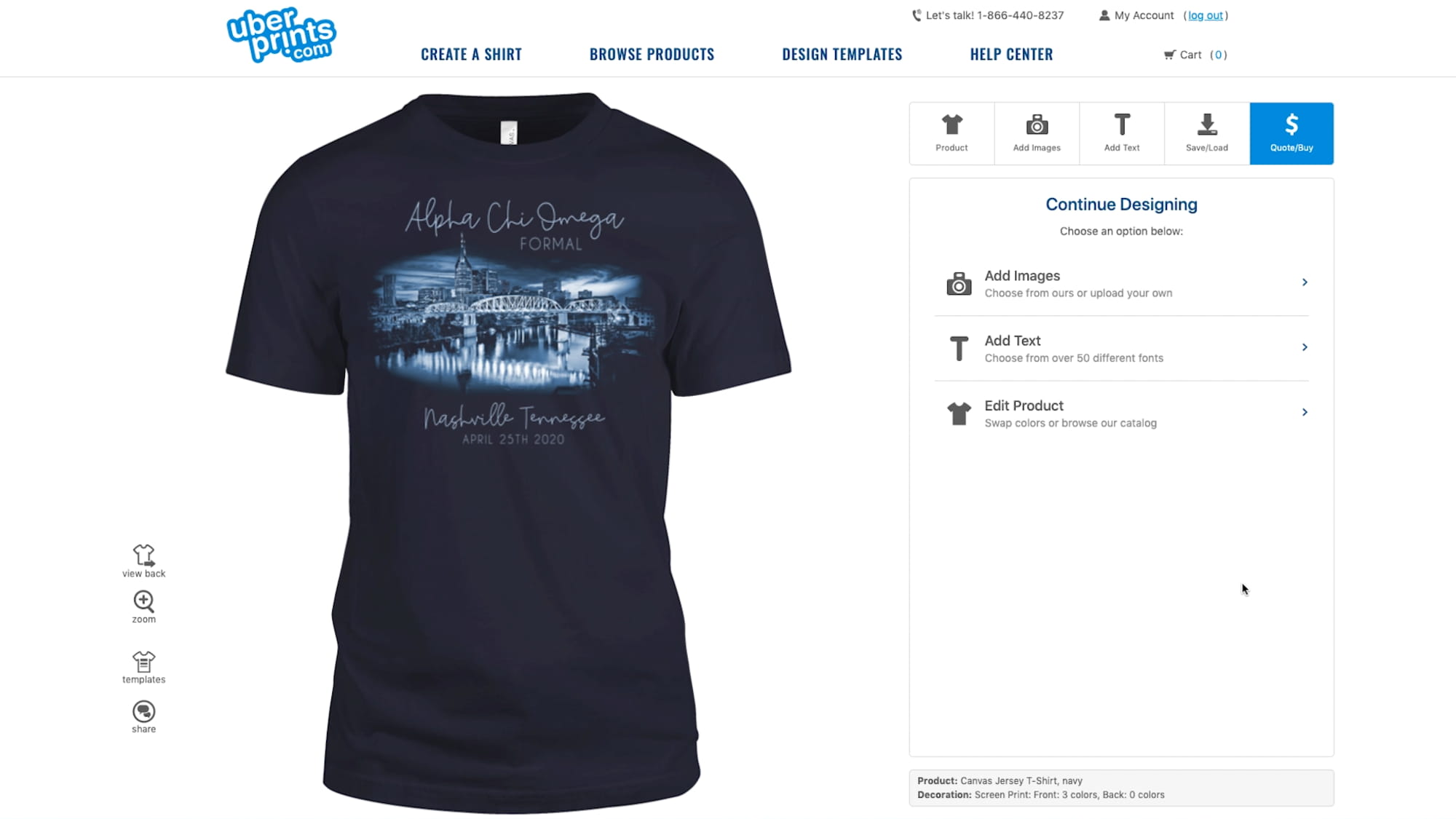
This is what those changes would look like. The design is now only a 3 color print that better matches the text, fits better on the t-shirt, and all-around is much better designed.
Design pro-tip
If you ever want any kind of design simplified to fewer colors, just leave a note with your design when you order letting us know how many colors you'd like it simplified to. Once your design changes are made, our customer service department will make sure to update your order costs to get you the best price possible.
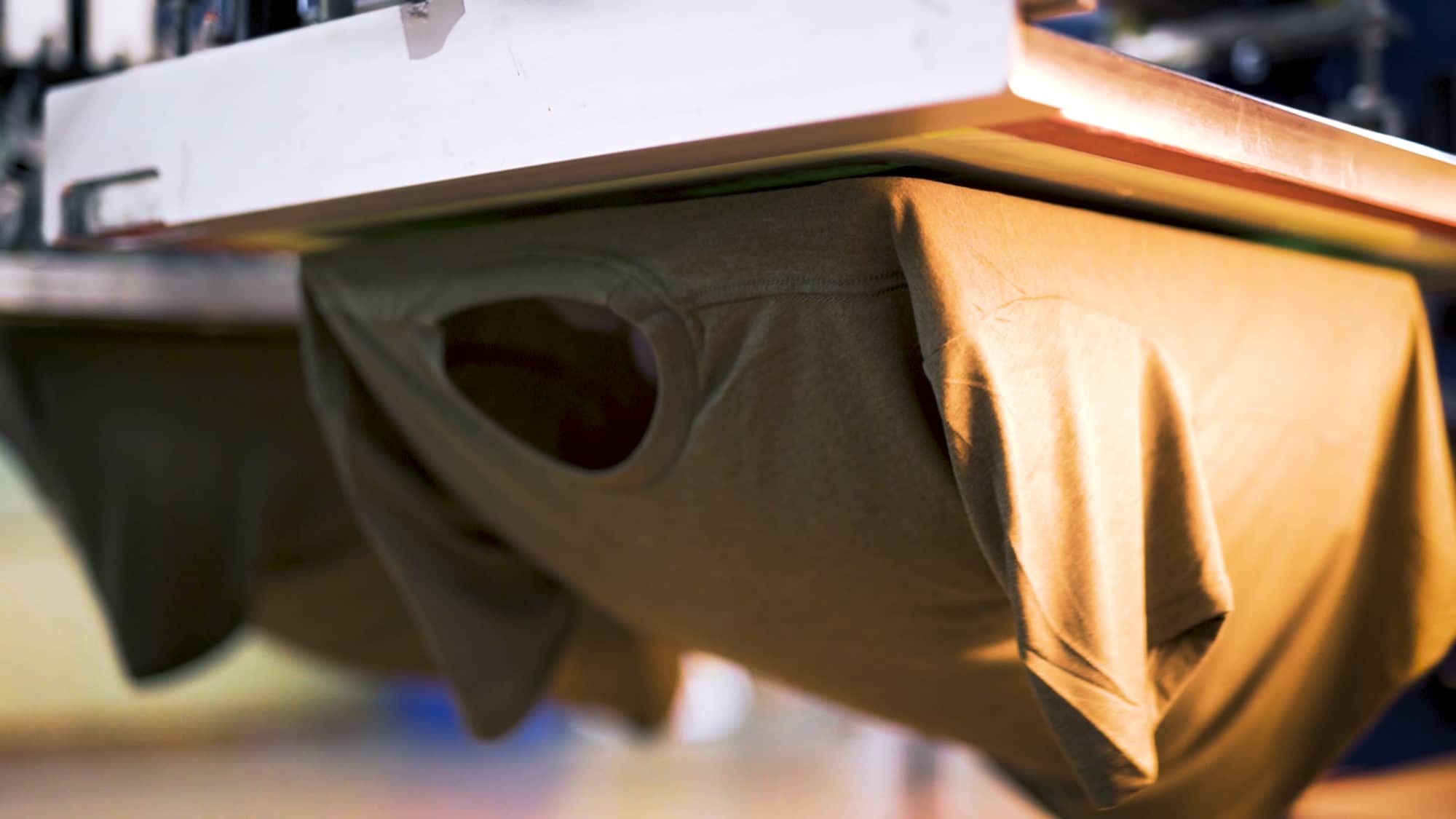
I really hope all this has made understanding the differences between screen printing and digital printing a lot easier and you're more confident making a decision. But, as always, contact us if you have any questions and we'll make sure that you're putting together the best order possible. And be sure to like, follow, subscribe, and everything else so that you can learn more about how to design and order your own awesome-looking custom t-shirts.
